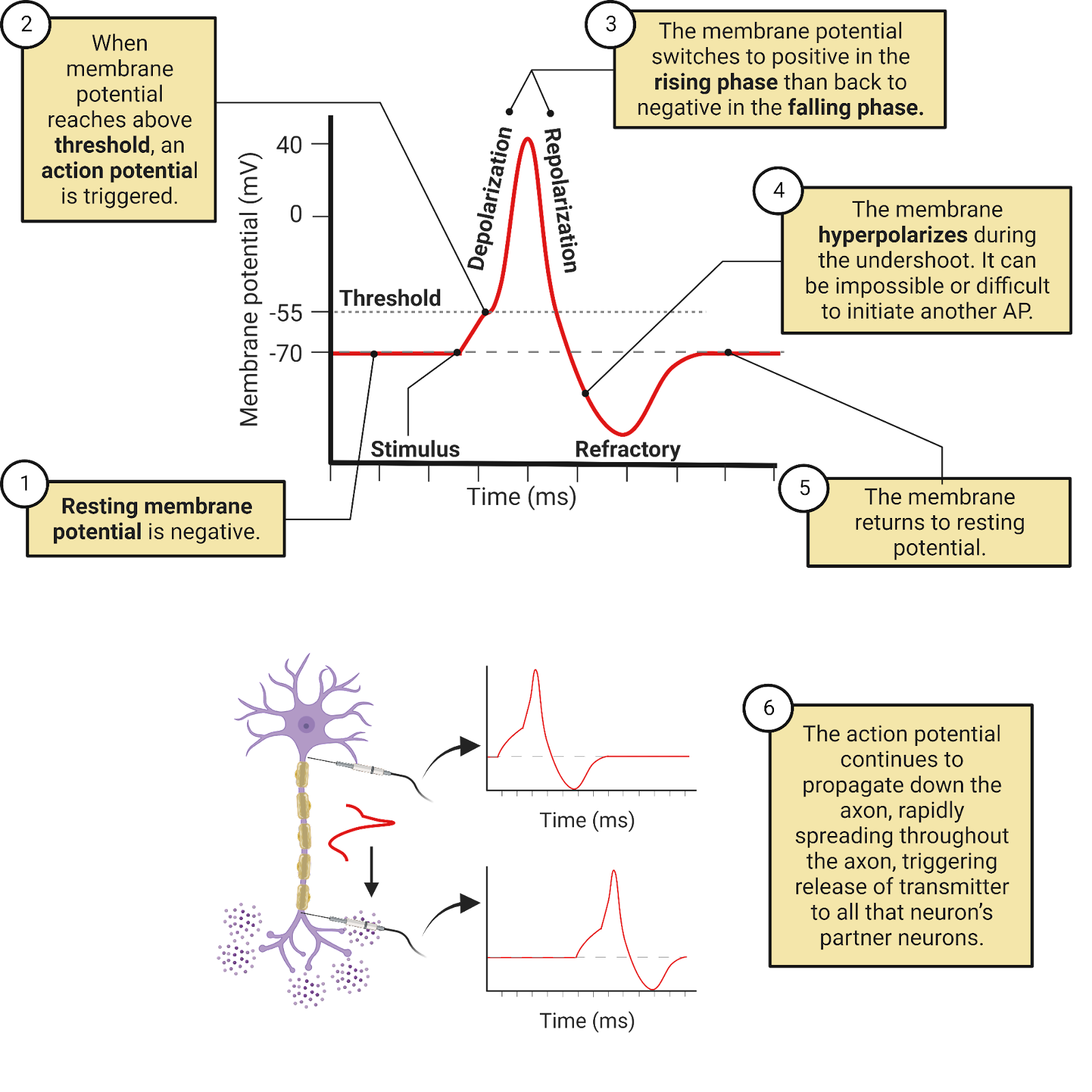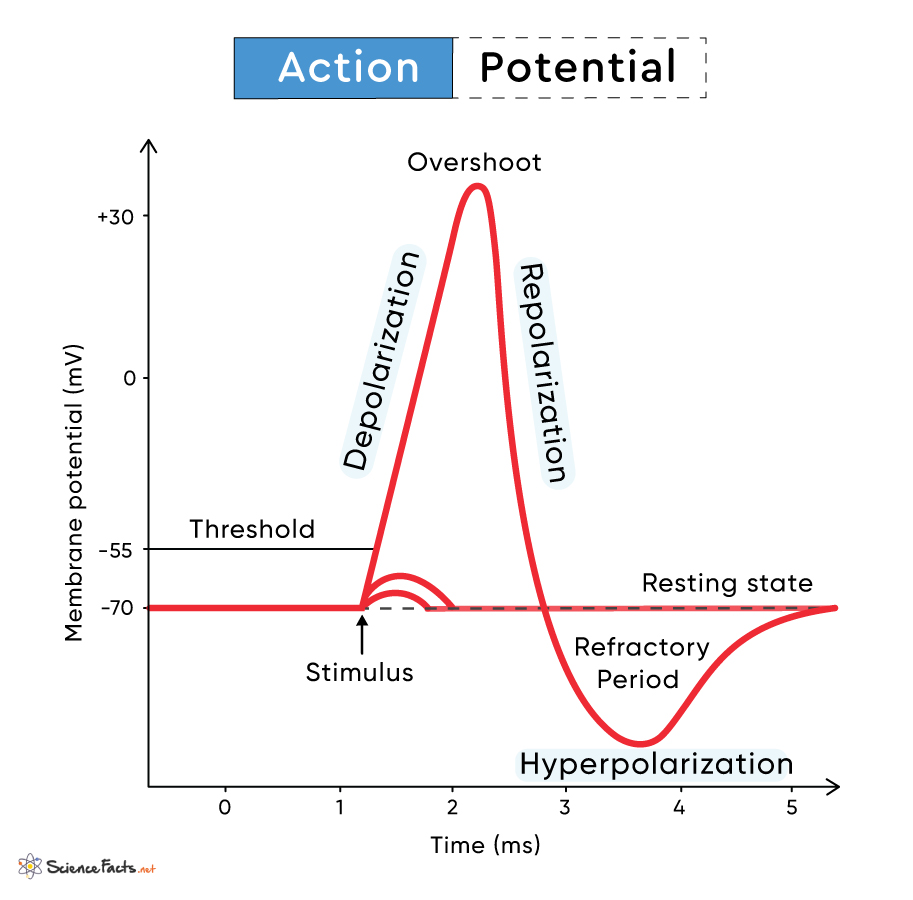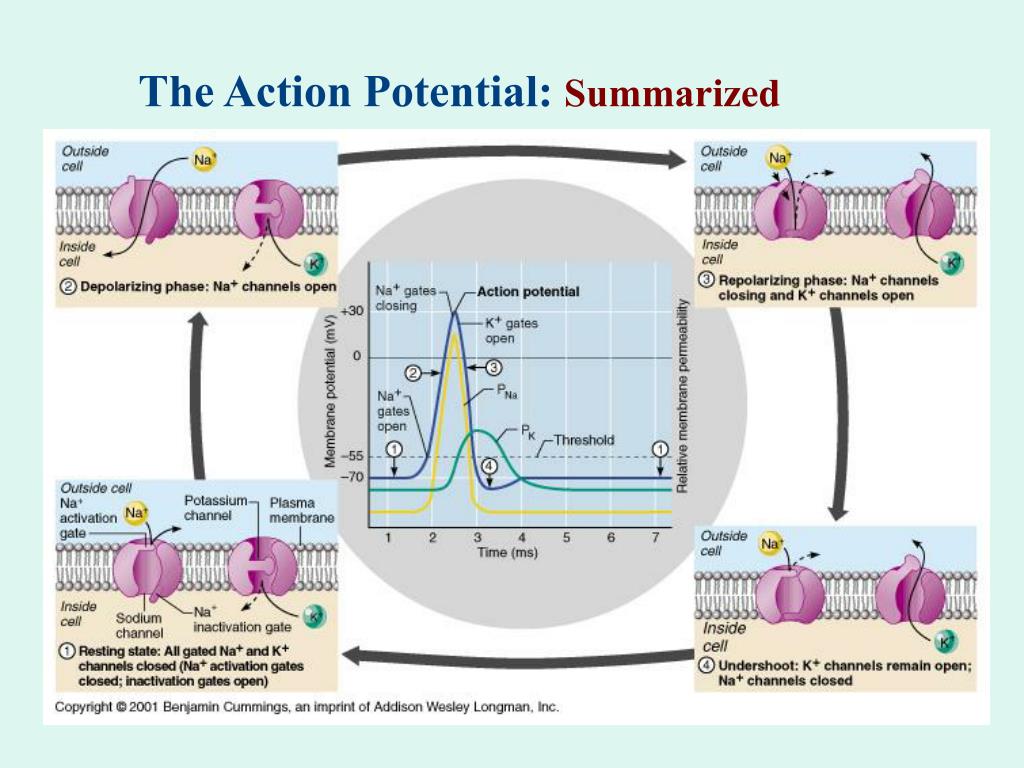The Rising Phase Of The Action Potential Is Due To
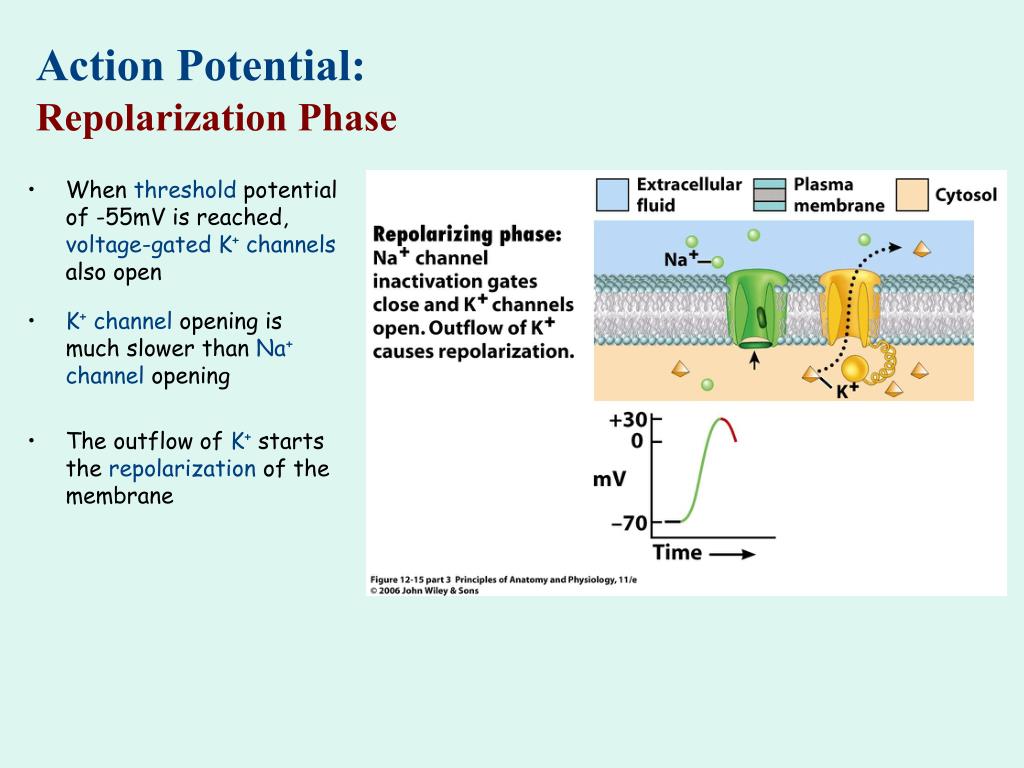
The rapid transmission of signals throughout the nervous system, enabling everything from thought to movement, relies on a fundamental process: the action potential. Scientists have long understood the critical role of ion channels in this process, but the specific mechanisms driving the initial surge, or rising phase, of the action potential continue to be a focus of research.
This article will explore the established understanding of the rising phase, detailing the key players and their contributions. It will also touch upon ongoing research seeking to refine our knowledge of this essential biological process.
The Electrical Language of Neurons
Neurons, the fundamental units of the nervous system, communicate using electrical signals. These signals, known as action potentials, are rapid, transient changes in the electrical potential across the neuron's cell membrane.
Think of it like a wave propagating down a wire, but instead of electrons, it's ions – charged particles – that are carrying the message.
The Resting Membrane Potential
Before an action potential can occur, the neuron maintains a stable resting membrane potential. This is typically around -70 millivolts, meaning the inside of the neuron is negatively charged relative to the outside.
This difference in charge is maintained by ion pumps and selective ion channels that control the movement of ions like sodium (Na+) and potassium (K+).
The Threshold: A Point of No Return
An action potential is triggered when the neuron receives enough stimulation to depolarize its membrane. Depolarization means making the inside of the neuron less negative, moving closer to zero.
If the depolarization reaches a critical threshold, typically around -55 millivolts, an action potential is inevitable. This "all-or-nothing" principle ensures that the signal is reliably propagated.
The Rising Phase: Sodium's Influx
The rising phase of the action potential is characterized by a rapid and dramatic increase in the membrane potential, swinging from negative to positive.
This crucial phase is primarily driven by the influx of sodium ions (Na+) into the neuron.
Voltage-gated sodium channels, specialized protein structures embedded in the cell membrane, are the key players here.
These channels are normally closed when the membrane is at its resting potential. However, when the membrane depolarizes to the threshold, these channels spring open.
With the sodium channels open, Na+ ions, which are much more concentrated outside the neuron than inside, rush into the cell due to both electrical and chemical gradients. This rapid influx of positive charge causes the membrane potential to spike upwards, driving the cell towards a positive voltage.
The speed of this process is critical, allowing for the rapid transmission of information along nerve fibers.
The Role of Voltage-Gated Sodium Channels
Voltage-gated sodium channels are not simply open or closed; they have three distinct states: resting (closed), open, and inactivated.
This inactivation mechanism is crucial for the termination of the rising phase and the initiation of the falling phase of the action potential.
After a brief period in the open state, the sodium channels enter an inactivated state, preventing further influx of Na+ ions, even if the membrane remains depolarized.
Clinical Significance
Understanding the precise mechanisms of the rising phase has significant clinical implications. Many neurological disorders are linked to malfunctions in ion channels, including voltage-gated sodium channels.
For example, certain types of epilepsy are caused by mutations in sodium channel genes, leading to hyperexcitability of neurons. Similarly, some pain conditions are associated with sodium channel dysfunction.
Drugs that target voltage-gated sodium channels are used to treat a variety of conditions, including epilepsy, chronic pain, and cardiac arrhythmias.
Ongoing Research
While the basic mechanisms of the rising phase are well understood, research continues to refine our knowledge of this process.
Scientists are investigating the detailed structure and function of voltage-gated sodium channels, seeking to identify new drug targets and develop more effective treatments for neurological disorders.
Techniques like cryo-electron microscopy are providing unprecedented insights into the structure of these channels at the atomic level, revealing how they open and close in response to changes in membrane potential.
Conclusion
The rising phase of the action potential, driven by the influx of sodium ions through voltage-gated sodium channels, is a fundamental process underlying neural communication.
A thorough understanding of this process is essential for comprehending the function of the nervous system and for developing new treatments for neurological disorders. Ongoing research continues to uncover new details about the structure and function of voltage-gated sodium channels, promising to further advance our understanding of this critical aspect of neurobiology.
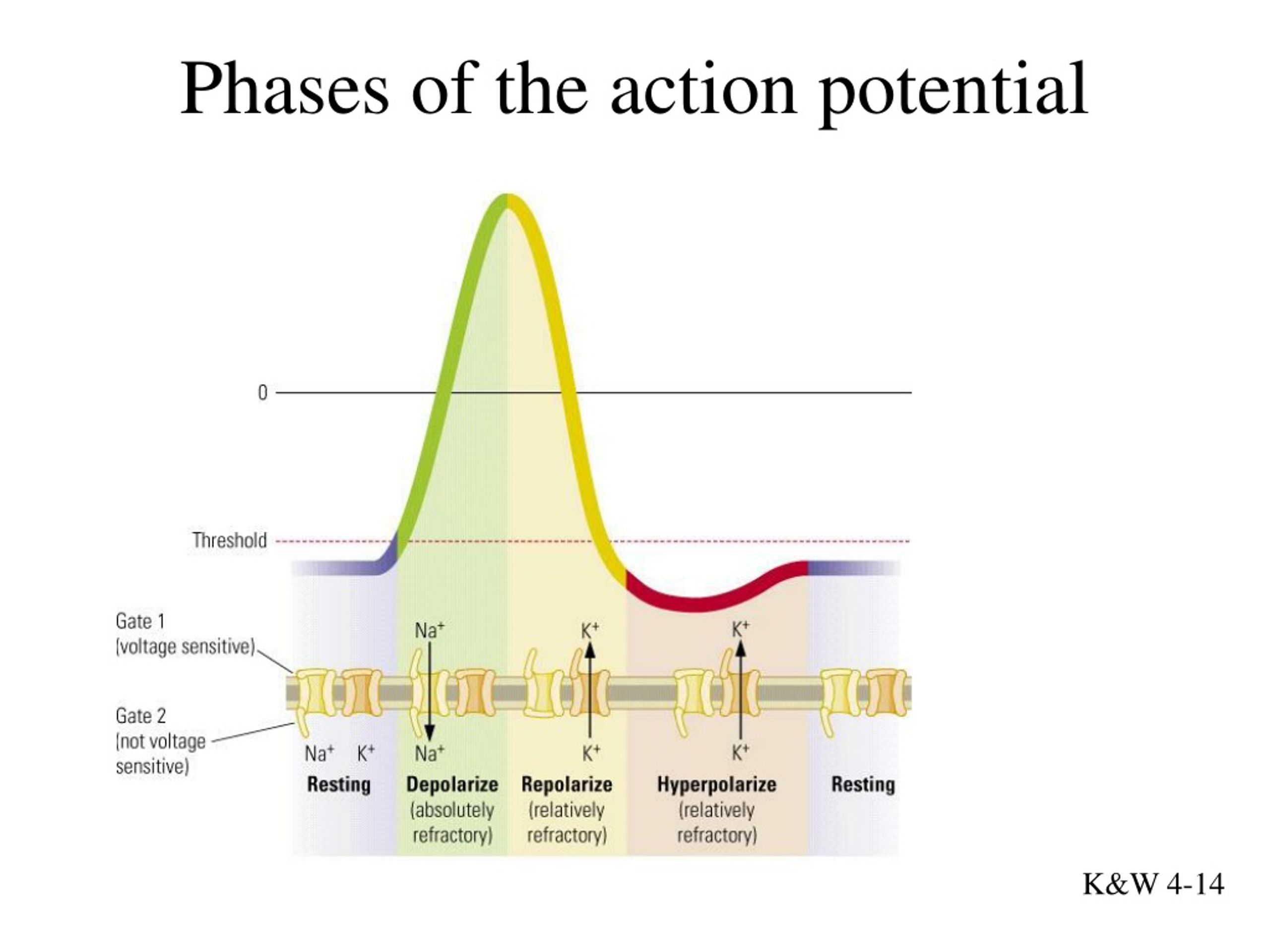
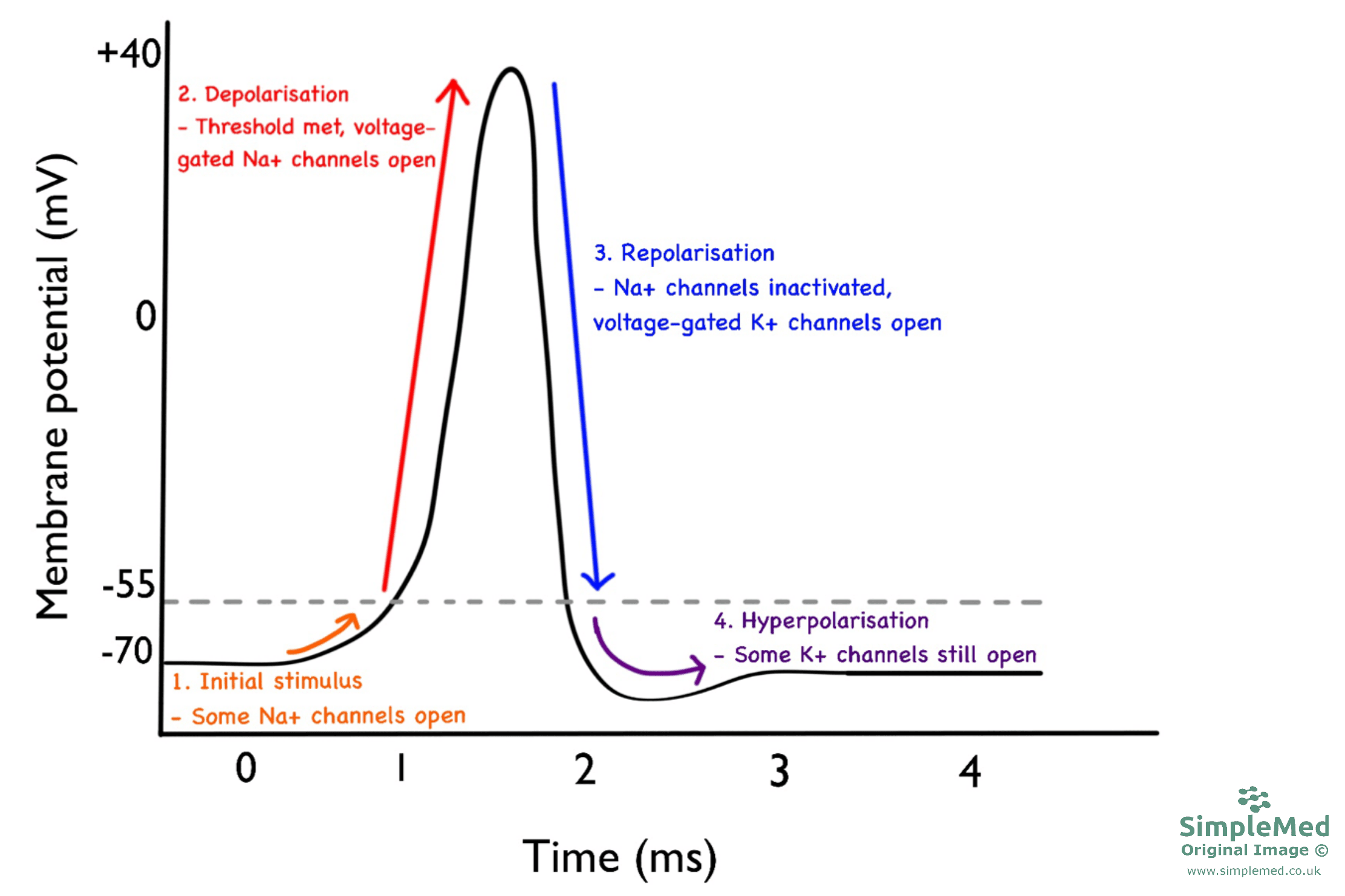
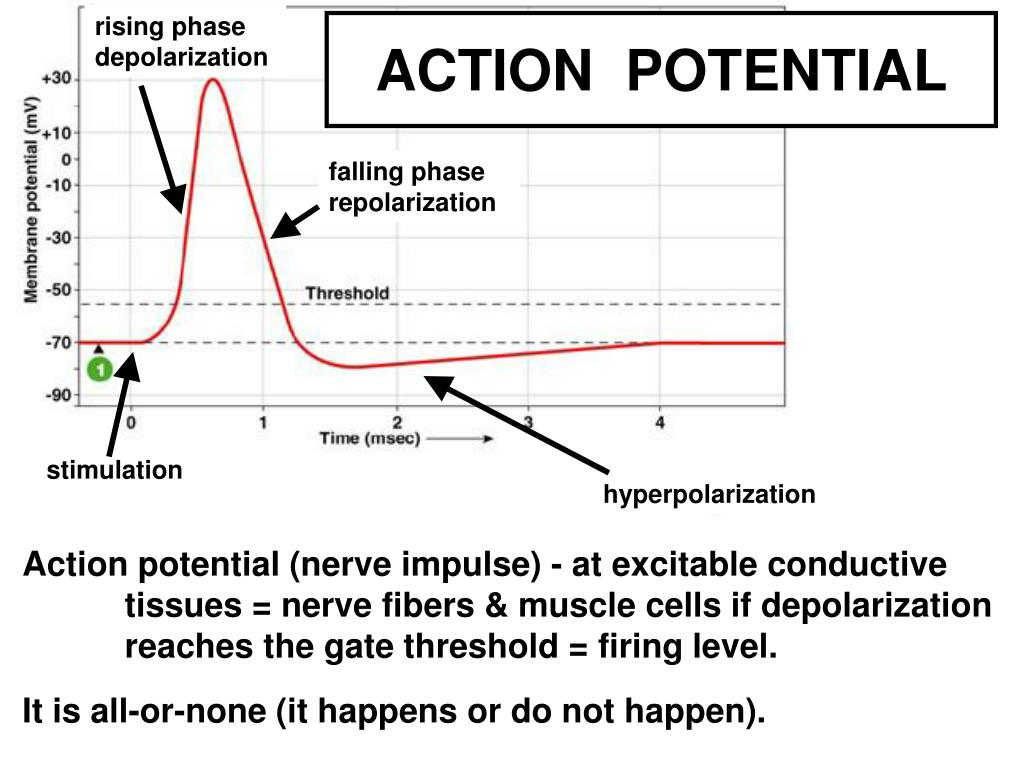

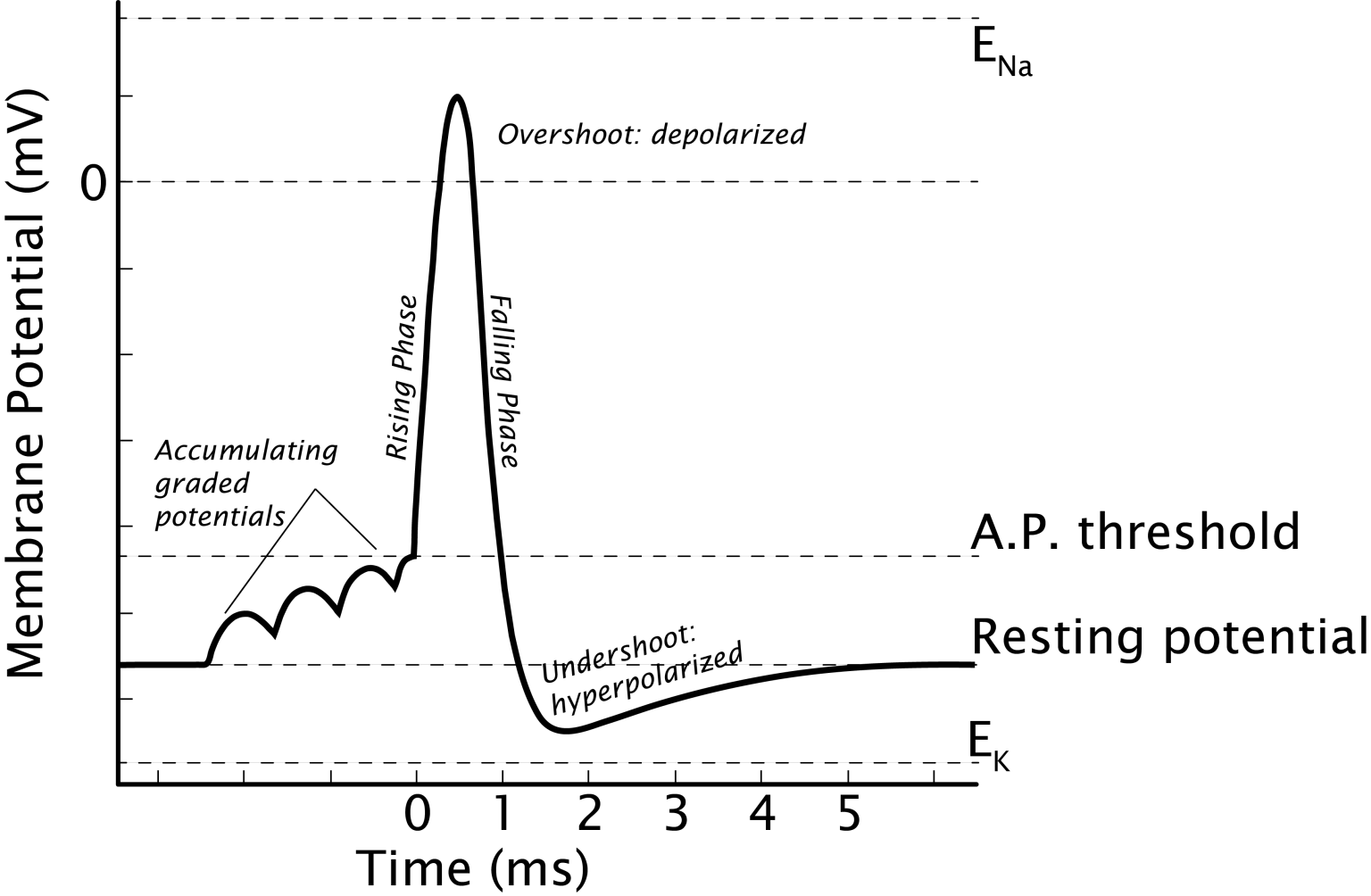

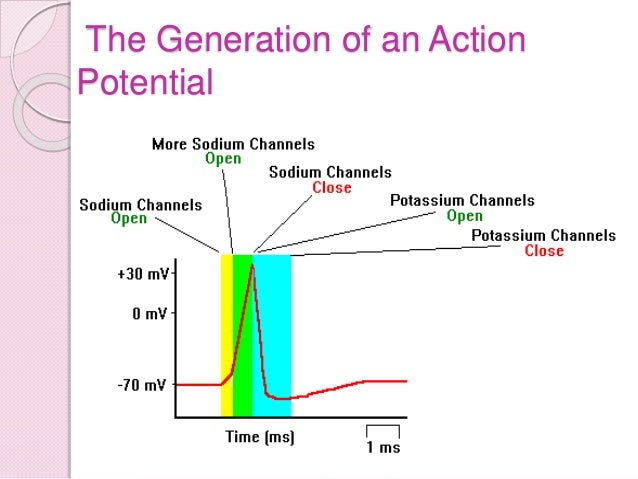
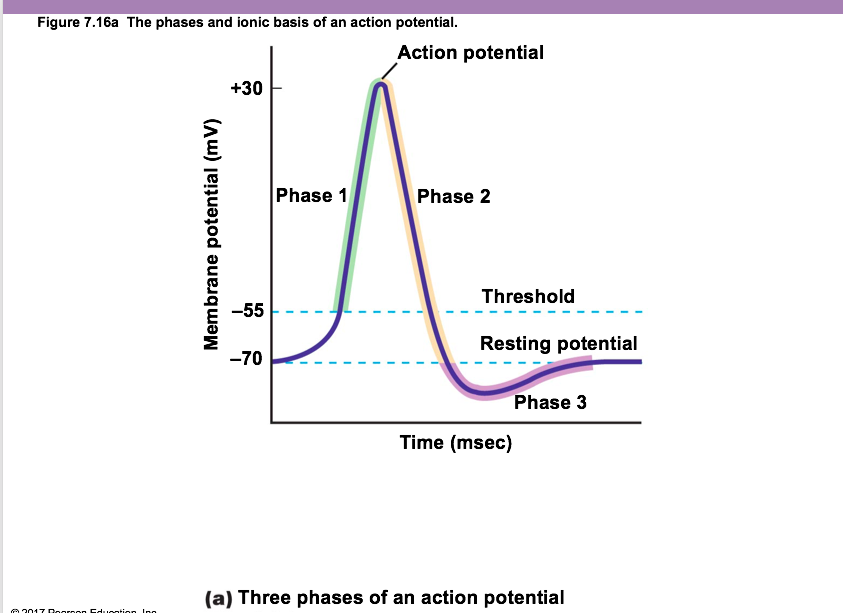
.jpg)


:background_color(FFFFFF):format(jpeg)/images/library/14626/Action_potential_curve.jpg)
